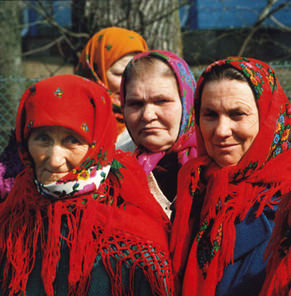Recent publications
Learning from Radiation Incidents: the New OTHEA Website
- Details
- Category: Articles
- Published: Friday, 07 January 2011 11:56
SHAW P., CROUAIL P., BATAILLE C., ELY S.
Journal of Radiological Protection, Vol. 30, 2010, pp. 787-800.
Abstract
OTHEA is the name of a new website , created by the Health Protection Agency (UK) and the Centre d’étude sur l’évaluation de la protection dans le domaine nucléaire (CEPN, France), and supported by several other stakeholders including national societies and associations. The website is bi-lingual (French and English) and the purpose is to share the lessons learnt from radiological incidents that have occurred in the industrial, medical, research and teaching, and other non-nuclear sectors. OTHEA contains a collection of incident reports, categorised according to the sector and the type of application, and a search facility. The reports can be freely downloaded and printed, for example for use in radiation protection training activities.
To encourage dissemination, the incident reports have been made anonymous, i.e. any information that could identify a particular individual, organisation or site has been removed. Each report contains a brief summary of the incident, the radiological consequences, and the lessons learnt. The aim is not to capture every single incident, but to provide a range of reports selected according to the value of the lessons learnt.
For OTHEA to be a long-term success, it needs to be sustained with new reports. Therefore users are encouraged to submit incident reports that can be considered for inclusion in OTHEA.
This note summarises the background to OTHEA and provides a description of the operating features and content at its launch in summer 2010.
A-1111

 CEPN is a non-profit organisation created in 1976 to establish a research and development centre in the fields of optimisation of radiological protection and comparison of health and environmental risks associated with energy systems.
CEPN is a non-profit organisation created in 1976 to establish a research and development centre in the fields of optimisation of radiological protection and comparison of health and environmental risks associated with energy systems.
